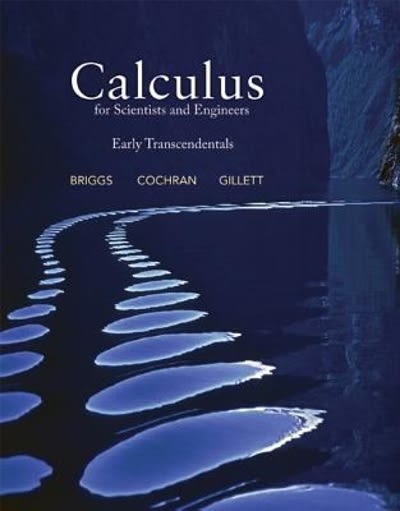Answered step by step
Verified Expert Solution
Question
1 Approved Answer
Letter of the correct answer only. 1.Research design refers to _____ a. includes details of pages of the books only used in related literature. b.
Letter of the correct answer only. 1.Research design refers to _____ a. includes details of pages of the books only used in related literature. b. includes details of list of related studies and literature. c. includes details of authors of the books only used in related literature. d. is the framework of research methods and techniques chosen by a researcher. 2.In this research design, all treatments are randomly allocated among all experimental subjects a. Complete Randomized Design b. Randomized Complete Block Design c. Design d. Correlation 3. _____ correlation exists when there is no relationship between the two variables such that the value of one variable changes and the other variable remains constant. a. Negative b. Zero c. None of the above d. Positive 4.This is done by grouping the experimental units into blocks such that variability within each block is minimized and variability among blocks is maximized. a. Complete Randomized Design b. Design c. Randomized Complete Block Design d. Correlation 5. indicates the strength of the linear relationship between two different variables, x and y. * a. Design b. Complete Randomized Design c. Randomized Complete Block Design d. Correlation 6. The following are the description of research design EXCEPT _____ a. is the framework of research methods and techniques chosen by a researcher. b. is considered a master plan that specifies the methods and procedures for collecting and analyzing the needed c. includes details of pages of the books only used in related literature. d. it has three categories (experimental research, field research and observational 7.What are the three categories of research design? a. Experimental Research, field Research and Observational research b. Randomized Complete Block Design c. Complete Randomized Design d. All of the above 8. ____ is concerned with 1 point the examination of the effect of the independent variable on the dependent variable. * a. Randomization b. Replication c. Local Control d. None of the preceding answers 9.In this type of design, the samples are distributed to specific treatments (independent variables). a. Complete Randomized Design b. Design c. Randomized Complete Block Design d. Correlation 10. This type of design groups samples into blocks because of known variations in the sample or in the condition of the area where the experiment is to be conducted. a. Randomized Complete Block Design b. Complete Randomized Design c. Correlation d. Design 11. ______ is the totality is the 1 point totality of individuals or objects that are the focus of the study. a. Accessible Population b. Target Sample c. Sample d. Population 12. The following are the descriptions of 'Sample' EXCEPT a. a subset of the population chosen to participate in a study. b. those chosen are known as the subjects or respondents of the study c. it serves as a basis for concluding the target population. d. lists all individuals or objects included in the target population 13. What are the two groups of population? a. Target and Accessible population b. Target and Sample c. All of the preceding answers d. Target and Population 14. refers to the lists all individuals or objects included in the target population a. Bibliography b. Citation c. Dictionary d. Sampling Frame 15.Number of grade 8 students who preferred Remote Printed Modular (RPM) modality of learning. * a. Citation b. Bibliography c. Sample d. Population 16. is the process of choosing participants or respondents from a target population for your study. a. Non-Probability sampling b. Probability sampling c. Sampling technique d. Sampling 17. The following are examples Probability Sampling EXCEPT _______ a. Systematic Sampling b. Stratified Sampling c. Purposeful Sampling d. Simple Random Sampling 18. is a process of selecting samples from a target population a. Non-Probability sampling b. Sampling c. Probability sampling d. Sampling technique 19. The following are examples 1 point Non-Probability Sampling EXCEPT a. Snowball Sampling b. Cluster Sampling c. Purposeful Sampling d Quota Sampling 20. _____ is the method of drawing samples where every member of the target population has an equal chance of being selected" a. Probability sampling b. Sampling c. Non-Probability sampling d. Sampling technique
Step by Step Solution
There are 3 Steps involved in it
Step: 1

Get Instant Access to Expert-Tailored Solutions
See step-by-step solutions with expert insights and AI powered tools for academic success
Step: 2

Step: 3

Ace Your Homework with AI
Get the answers you need in no time with our AI-driven, step-by-step assistance
Get Started


